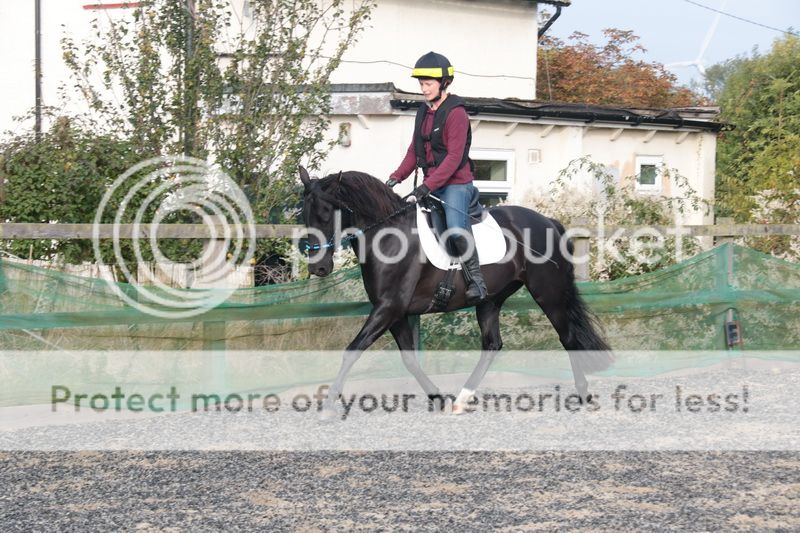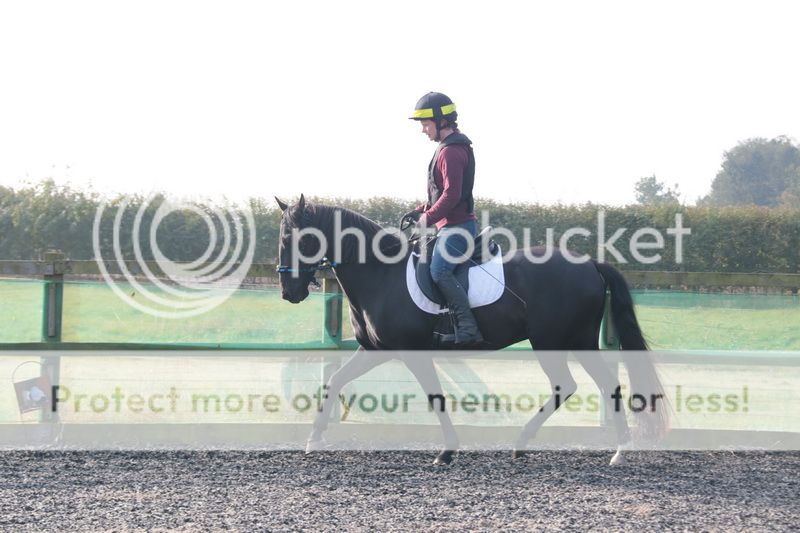McFluff
Well-Known Member
This is probably a daft question, but I'm wondering why you need to have a noseband to compete in dressage? Is it for presentation or is there another reason?
To me (as someone relatively new to competing, although I have ridden for years) it seems odd that you can have really strong/tight nosebands, but you can't choose to have none. I suspect there will be a perfectly sensible explanation, just can't seem to find what it is.
To me (as someone relatively new to competing, although I have ridden for years) it seems odd that you can have really strong/tight nosebands, but you can't choose to have none. I suspect there will be a perfectly sensible explanation, just can't seem to find what it is.



